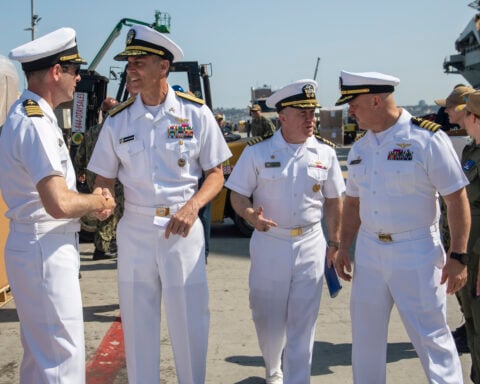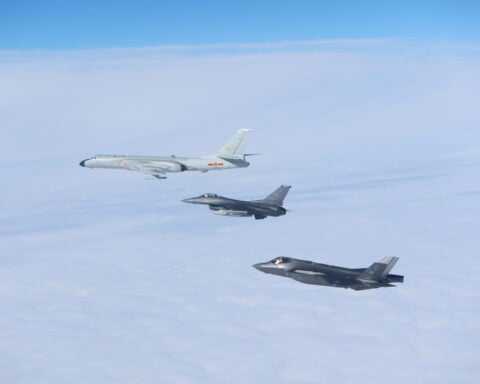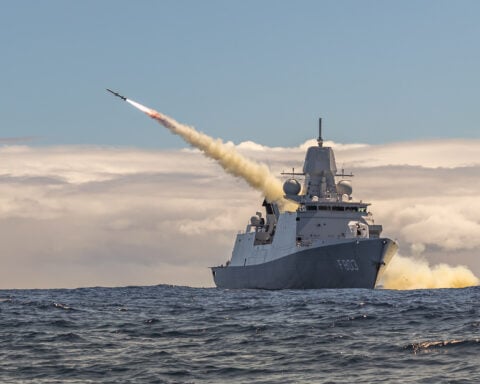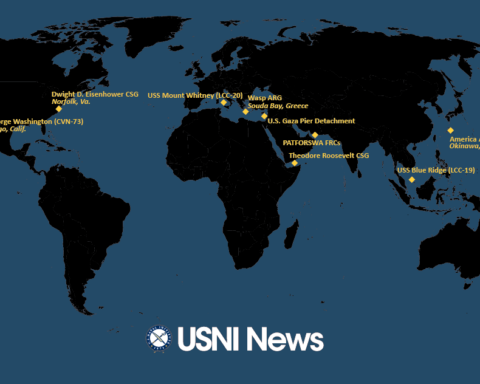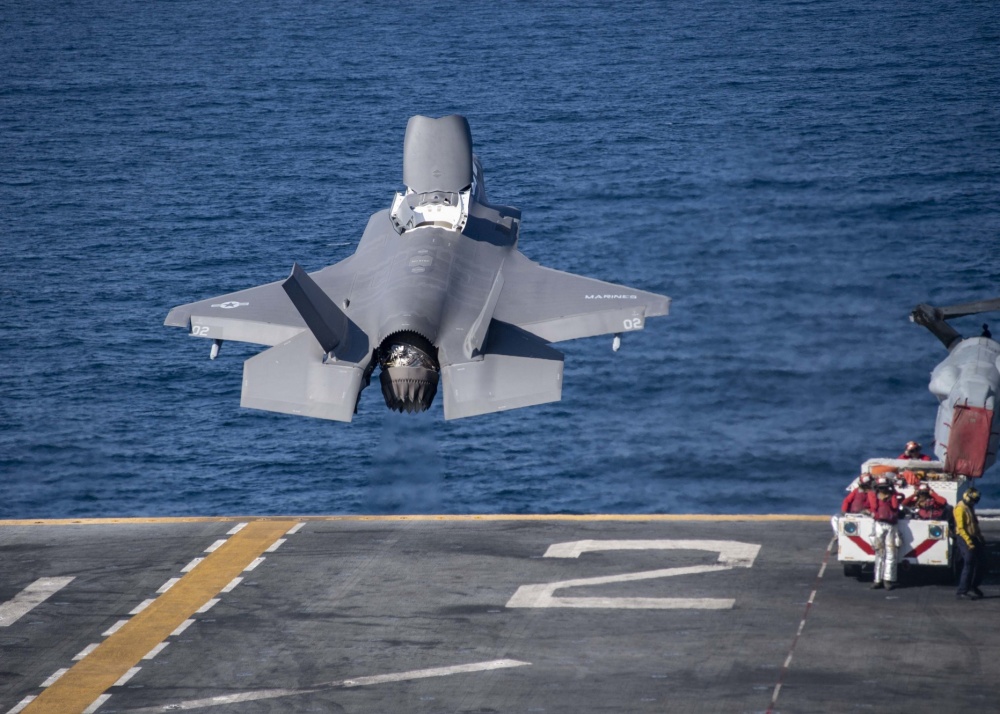
The John C. Stennis Carrier Strike Group (CSG) and the Essex Amphibious Ready Group (ARG) started integrated operations in the Arabian Sea on Wednesday, supporting operations in Afghanistan.
“Carrier strike groups and amphibious ready groups are inherently flexible maneuver forces, and these high-end integrated operations illustrate our commitment to the Central Region and demonstrate our ability to deliver naval combat power at a time and place of our choosing,” Vice Adm. Jim Malloy, the commander of U.S. Naval Forces Central Command and U.S. 5th Fleet, said in a statement.
Enabling a political solution in Afghanistan is considered vital to ending U.S. military operations in the country, Army Lt. Gen. Austin “Scott” Miller, now the commander of U.S. forces in Afghanistan and of NATO’s Operation Resolute Support, said during his Senate confirmation hearing in June.
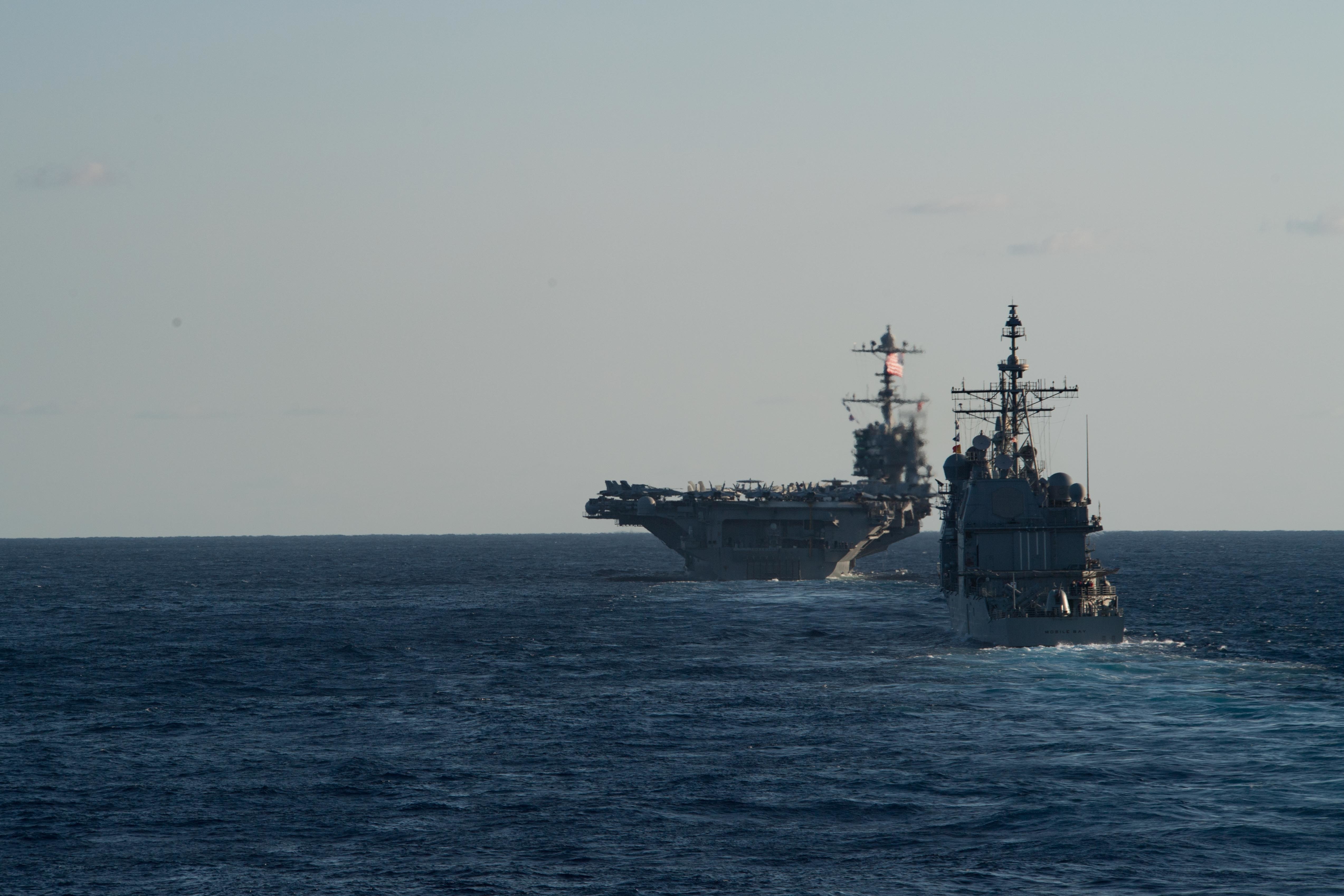
The crews and fighters from both Stennis and Essex are expected to conduct a series of joint exercises, including an in-flight refueling of an F-35 from an F/A-18F Super Hornet, and cross-deck training of deck, supply, intelligence, media, and medical personnel, according to a 5th Fleet statement.
USS John C. Stennis (CVN-74) left Naval Base Kitsap, in Bremerton, Wash., for deployment in October, and will ultimately enter a four-year mid-life refueling and complex overhaul (RCOH) at Huntington Ingalls Industries Newport News Shipbuilding in Virginia. Stennis’ arrival marks the first time a Navy aircraft carrier operated in the region since March when USS Theodore Roosevelt (CVN-71) left the area.
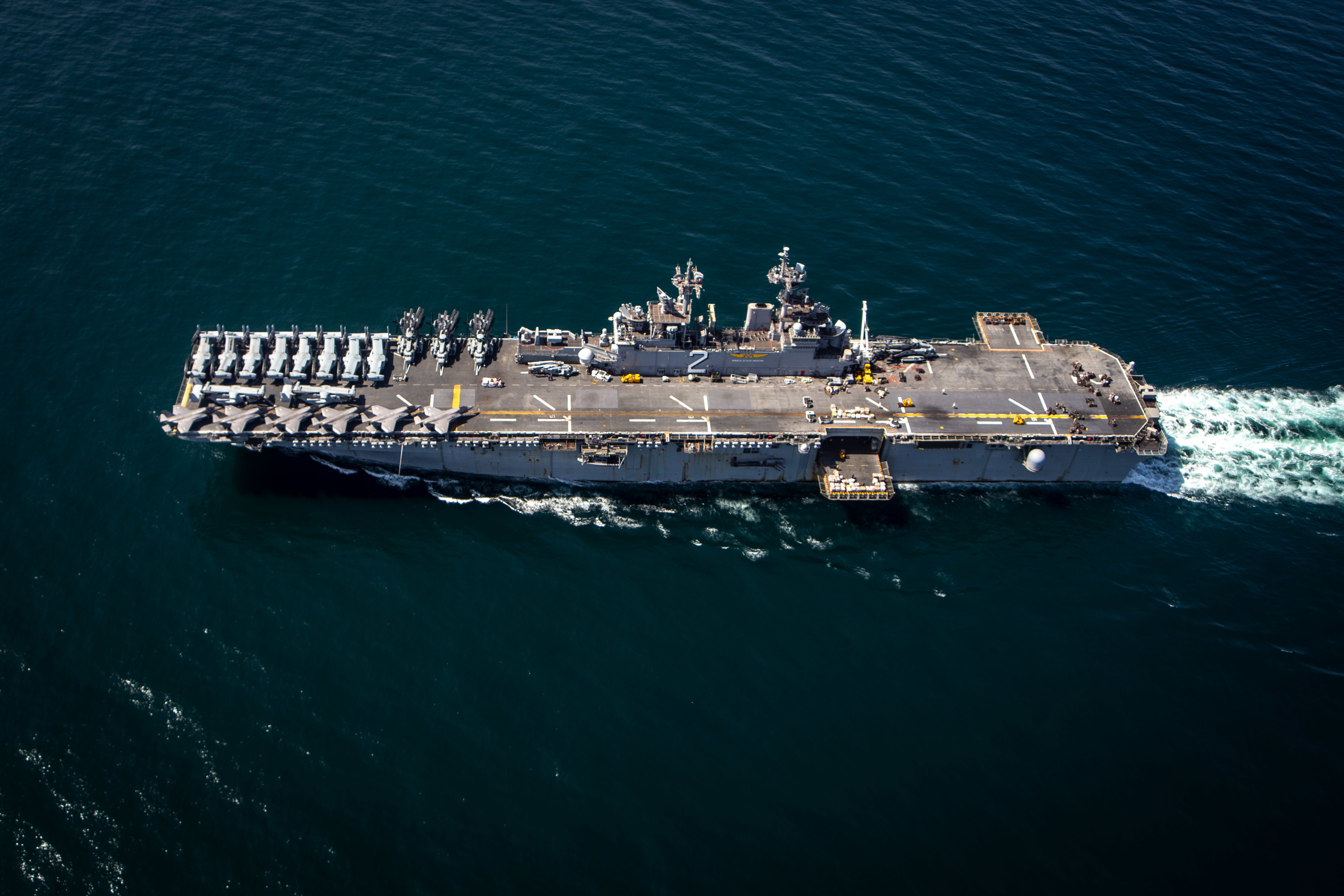
In October, Wasp-class amphibious warship USS Essex (LHD-2) entered the Persian Gulf, bringing for the first time a squadron of Marine Corps F-35B Lightning II Joint Strike Fighters to the region through the Strait of Hormuz.
Joining Stennis in the Arabian Sea is Carrier Air Wing (CVW) 9, Ticonderoga-class guided-missile cruiser USS Mobile Bay (CG-53) and Arleigh Burke-class guided-missile destroyers USS Decatur (DDG 73) and USS Mitscher (DDG-57).


